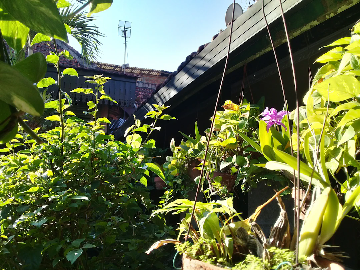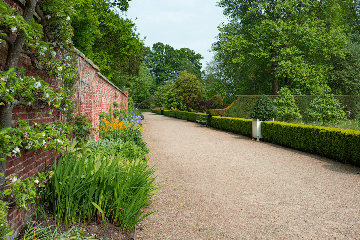If you’ve ever paused beneath an old tree and wondered what magic lives in its roots, you’re not alone. Even as an engineer, my technical mind takes a detour when I see possibilities for playful creativity. Creating a fairy tree garden connects both sustainable, resourceful landscaping and a dash of childhood imagination — and Seattle’s lush, mossy landscapes offer such fantastic raw material for this project!
What stands out about fairy gardens is how personal, approachable, and affordable they are. No need for fancy miniatures or expensive décor. With a scavenger’s eye, you can gather gnarled wood, river pebbles, or dried seed pods to transform an ordinary tree hollow (or even a sunny garden corner) into a hidden sanctuary. In my own backyard, using a homegrown gourd for a fairy house and repurposed twigs for a ladder taught me you don’t have to be a crafts wizard to enchant a landscape.
Let’s get practical for a moment — choose your site wisely! If your yard doesn’t boast a perfect tree hollow, that’s no dealbreaker. Try creating a faux hollow with stacked rocks, build a base out of upcycled flower pots, or nestle your scene against a stump. The real secret? Let your own patch of ground guide you and adapt the concept to fit your environment. Those little imperfections — a quirky branch or knobby root — just add to the charm.
Gathering supplies is half the fun! Borrow from the natural world whenever possible. Here’s a snapshot of the basics you might use:
Fairy Garden Essentials Table
| Natural Finds | Craft Supplies | Optional Touches |
|---|---|---|
| Bark, twigs, pebbles | Hot glue, craft paint, clay | Tiny lanterns, bells, glass beads |
| Gourds or pinecones | Wood slices, wire | Moss, dried flowers |
Bringing Your Miniature World To Life
My favorite part of these projects is how each comes alive with just a few details. If you’re building a house, let asymmetric lines and gnarly gourd shapes lead the design. Use birch bark for shingles, or create pebble pathways. Simple clay mushrooms are always a hit, especially with kids! Mounting a twig ladder with a small nail or strong adhesive adds both practicality and a sense of adventure to your fairy’s fictional route.
If you want a Seattle spin, incorporate river stones, local lichen, or driftwood found on Puget Sound walks. Most importantly, let your imagination (and maybe a helpful pair of little hands) take the project in unexpected directions. Fairy gardens thrive on quirks and playfulness. Don’t worry about perfection. Instead, let the textures, colors, and organic forms of your natural materials do the magic.
Fairy gardens offer more than just visual delight. They subtly encourage children (and adults) to explore, create, and spend mindful time outdoors. In a sustainable landscape, this approach fosters both environmental stewardship and a sense of wonder. Every crooked little door and pebbled path tells a unique story — yours!
Once you’ve finished, tuck your project into a prominent garden nook, or go small-scale with a portable planter fairy zone. Either way, these gardens are sure to draw smiles, spark conversations, and perhaps even lure in a wayward garden sprite or two. And if you’re inspired, share your own enchanting creations with neighbors or in community groups — it’s a simple, joyful way to spread a little magic one backyard at a time.
References:
[1] Cottage On Bunker Hill: Whimsical Fairy Tree Garden
Read More

Camila Ward
Author
Raised in a bustling suburb of Atlanta, Camila Ward grew up fascinated by machinery and how things work. She attended Georgia Tech and became a mechanical engineer, quickly making a name for herself through innovative eco-friendly design projects.
After a decade in R&D for a major tech firm, Camila took a leap and opened her own consultancy. She now specializes in sustainable solutions for urban environments, balancing her technical expertise with a commitment to social responsibility.


